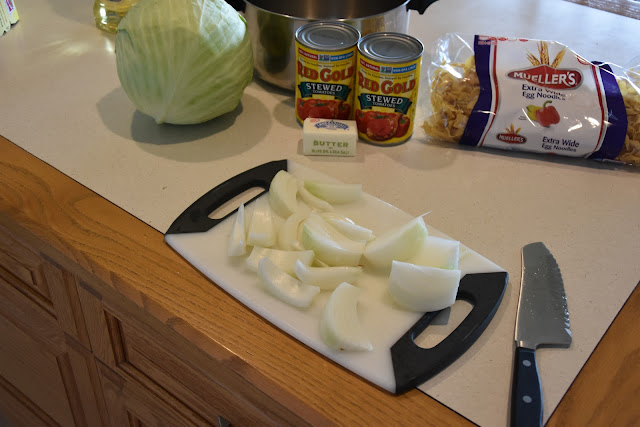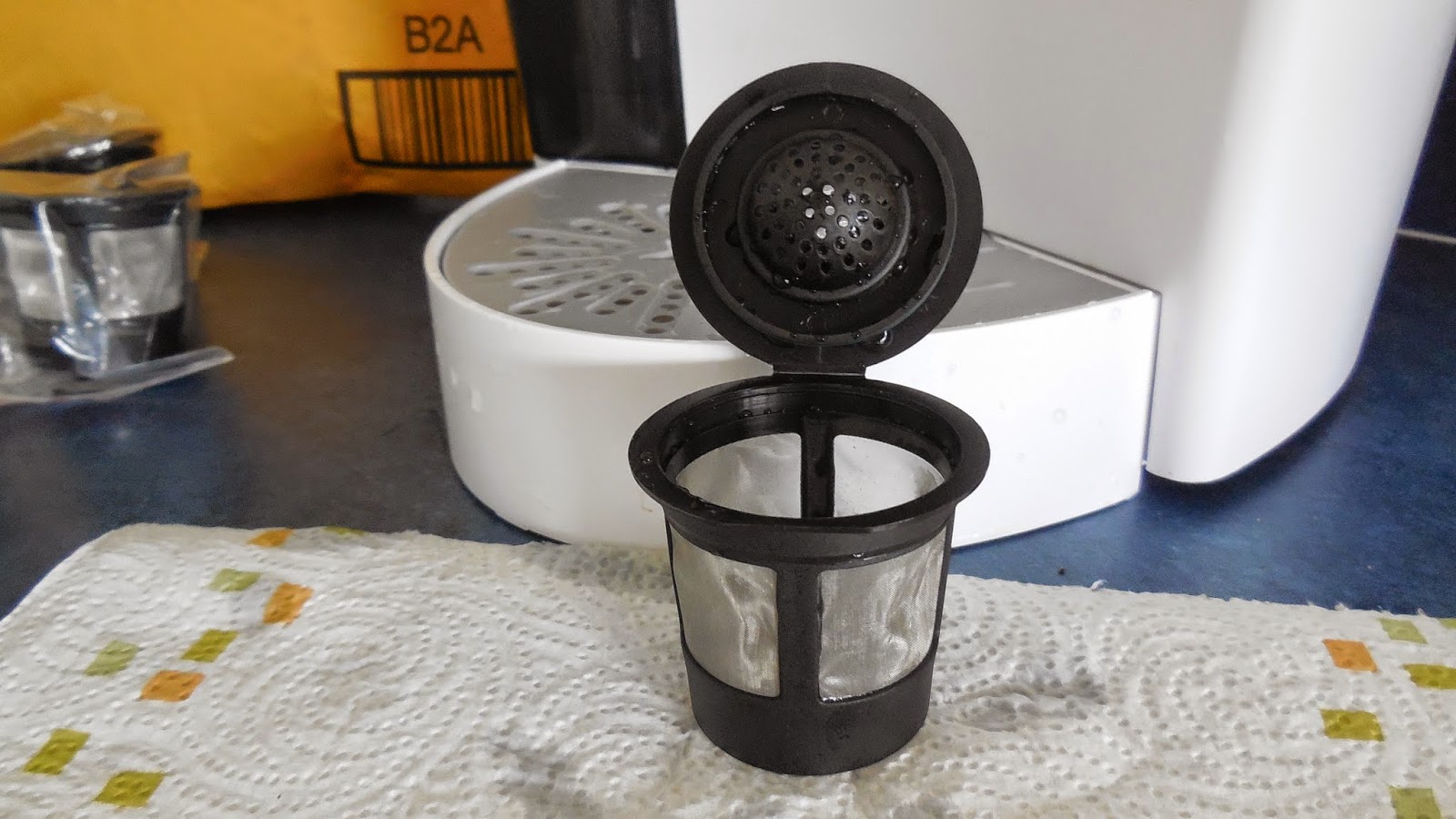Wow, more than six years since anything has been posted here.
Well, a lot can change in six years.
For example, I have been the principal cook in my house for all of my life since I completed service in the United States Army in January of 1972. Over that period I developed lots of staples, both things that I cooked a lot and ingredients that I used a lot.
But the deal is that I now do not need or want as much food as I regularly produced using those staples. A very persistent problem is tomato sauce centered meals. I mean for most of my cooking life I would fry up a big onion and a bunch of hamburger and add a jar of one of the brands of spaghetti sauce of which there were at least a couple that I like just fine (Barilla comes to mind) and refine from there.
As I cook currently any dish including an entire jar of spaghetti sauce is just way too much food. A whole jar of sauce requires a lot of some other ingredient, most often pasta, to balance out the ingredient mixture and thus produces enough food to feed three people (or more) for at least two, probably at least three meals. That's six to eight person meals, too much. A lot is going to go to waste.
Half the recipe you say?
It is hard to half the recipe when commercially available spaghetti sauce (Barilla comes to mind) seems to come in only just that one size. I tried using less than the full jar but then the rest of the jar ended up sitting in the refrigerator until it went bad.
So I rooted around in my spice cupboard and did some shopping and here is what I am going to try now.
That's a major historical display of spices, two or which are brand new and at least two of which cannot possibly have been acquired in this century. Eight different brands are represented.
I discovered that I was out of oregano so that was purchased today as was the minced onion. The parsley is quite new and that Flatiron pepper is only a couple of years old. The basil is also of at least relatively recent vintage. The garlic salt is only very old but the marjoram is ancient. And help me lord, that Durkee ground thyme?
But it is just leaves and ground up leaves and this is an early stage in the experiment so I am going to go ahead and use what I have on hand. My plan for now is to mix up what here in the planning stage I am referring to as an Italian spice mix. I plan to pre-mix and I have another nice spice jar for storing smallish quantities of the mix.
Also there on the counter is the tomato sauce which in the new plan I will be modifying with the new spice mix. That can of tomato sauce is also brand new purchased today. With that amount of sauce I am hoping to do some cooking which will produce something more like 2 to 3 person meals.
It's always something.







































